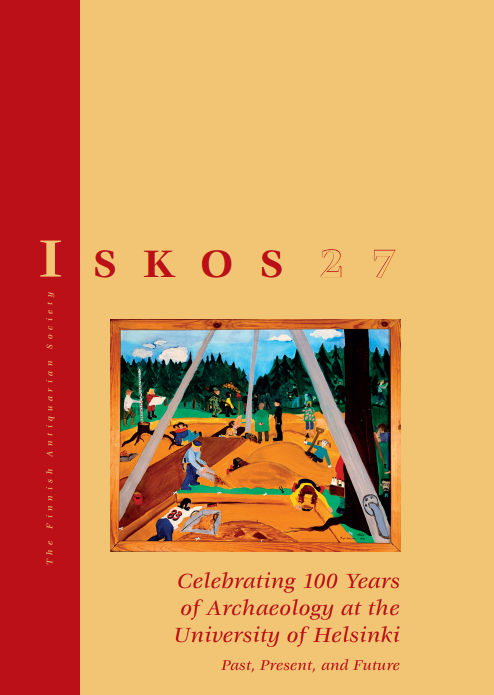More than sixty years of osteoarchaeological research at the University of Helsinki
Abstract
In the 1960s Björn Kurtén, Professor of Palaeontology at the University of Helsinki, took the first steps to analyse bone materials from archaeological sites. His main interests were ancient faunal populations and their distribution history. In the 1970s and afterwards, other scholars from the natural sciences– for example, Ann Forstén, Mikael Fortelius, Jukka Jernvall, Leif Blomqvist, Stella From, Sirpa Nummela and Pirkko Ukkonen – also began working with archaeological bone materials. The palaeontology and biology student Mikael Fortelius conducted his civil service at the National Board of Antiquities in the 1980s by analysing bones from archaeological sites. He published the first and so far, only guide of analysis of archaeological bones in Finnish, with focus on Finnish assemblages. The next important stage was when the biology and palaeontology student Pirkko Ukkonen began systematic analyses of archaeological bone assemblages and later finished a doctoral dissertation on faunal history based partly on these materials. This meant that osteology became an important part of archaeology in Finland. This also led to specialized osteology courses for students of zoology, palaeontology and archaeology at the University of Helsinki. More and more archaeology students at the University of Helsinki became involved in osteology, and they conducted analyses and wrote theses on archaeological bone assemblages from Finland and neighbouring countries.




